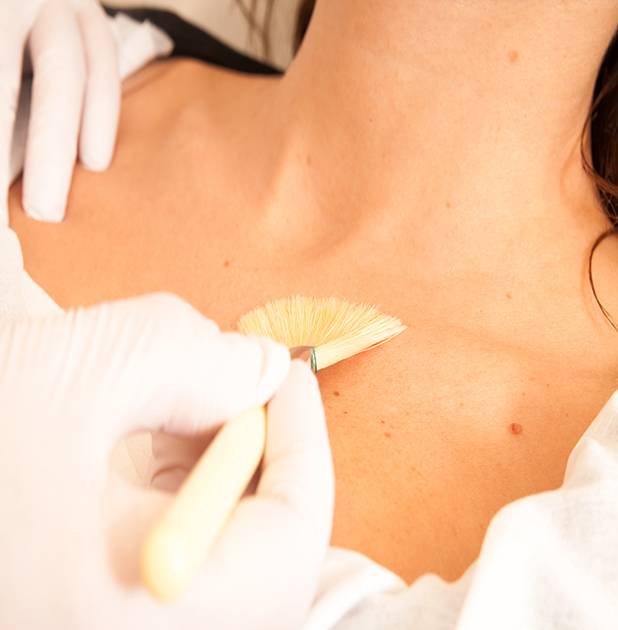Why is there a need for skin peeling?
The skin is a fantastic self-maintaining organ. Its main function is to protect the body from external “threats” and another equally important function is that of self-renewal and healing of its wounds .
As we age, the ability of cell renewal decreases even in healthy skin, resulting in dead cells accumulating on the epidermis and not only does the skin look less appealing, but also acts less effectively as a barrier!
More so when there are skin disorders such as dryness, pore blockage, or intense oiliness and discolouration. In such cases, skin renewal is even more important for a healthy and glowing skin.







